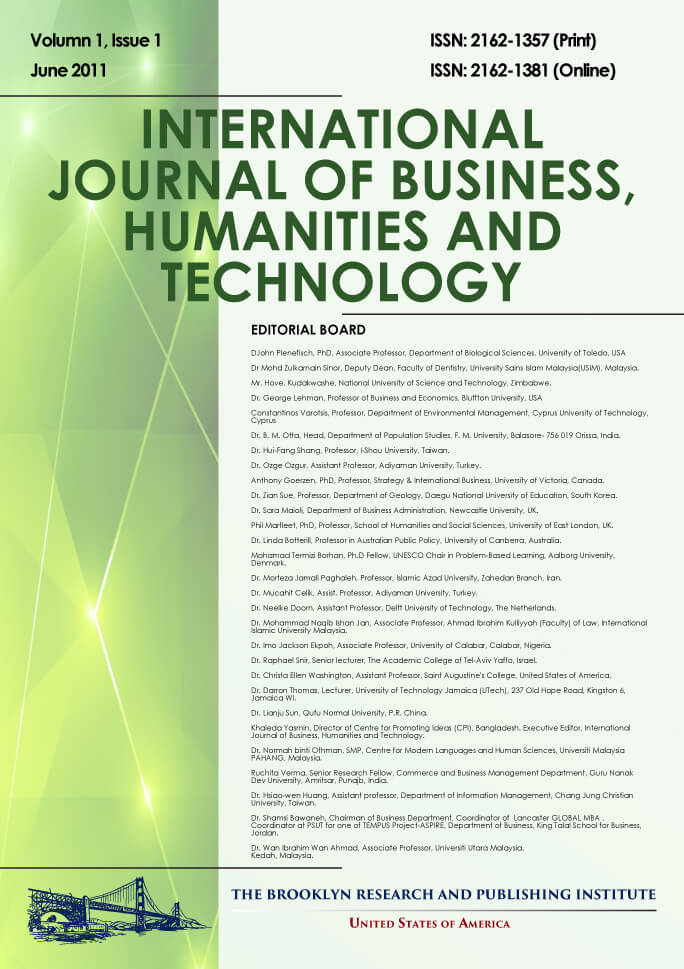Flash Mobs in the 21st Century: Mobile Technology Shapes Human Collective Behavior
Wang, Chiou-Pirng; Akella, Devi P.; Bennett, Cynthia F.
Abstract
The recent advances in integrating the cellular phone with two popular digital communication protocols, texting
and social networking, have capitulated both the speed and scale of group formations. Consequently, societies
worldwide have witnessed more unexpected group activities than those a decade ago. One such emerging group
is flash mobs. The human collective behaviors of flash mobs worldwide have served a wide range of purposes,
and can be divided into eight categories ranging from marketing to education. Some are constructive, while
others are not. This paper uses the theoretical framework of Melucci’s (1980) new social movement theory using
empirical data gathered through an observation technique to develop a model which explains how flash mobs can
be engineered i.e., what economic, social, demographic, and technological factors assist in initiating collective
behavior as seen in flash mobs. Videos of flash mobs on art performances, political activism, business related
activities, etc., in North America and Asia posted on YouTube were analyzed and geo-tagged over a period of
time. The correlations between dependent variable, frequency of flash mobs or number of mobbers, and its
proposed social, economic, demographic, and technological independent variables were examined to understand
the basic factors behind the occurrence of collective behavior of flash mobs.
Full Text: PDF


